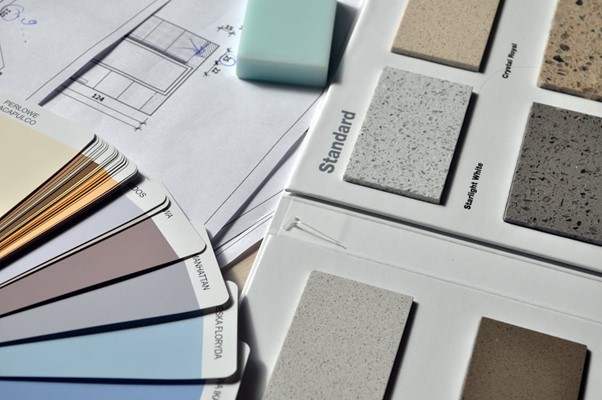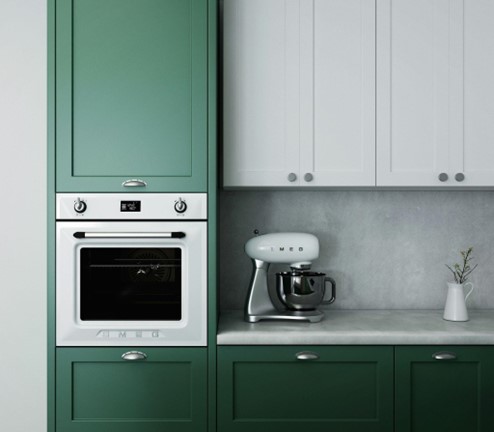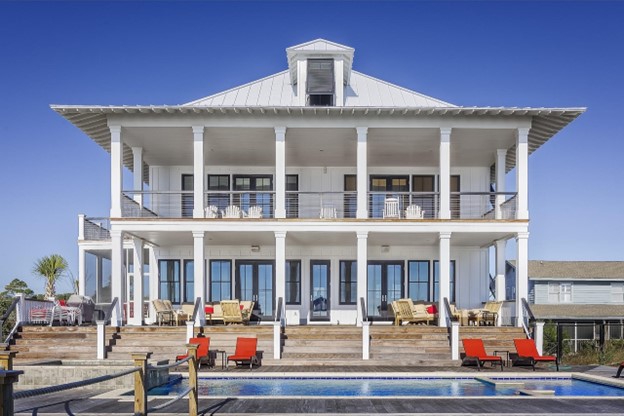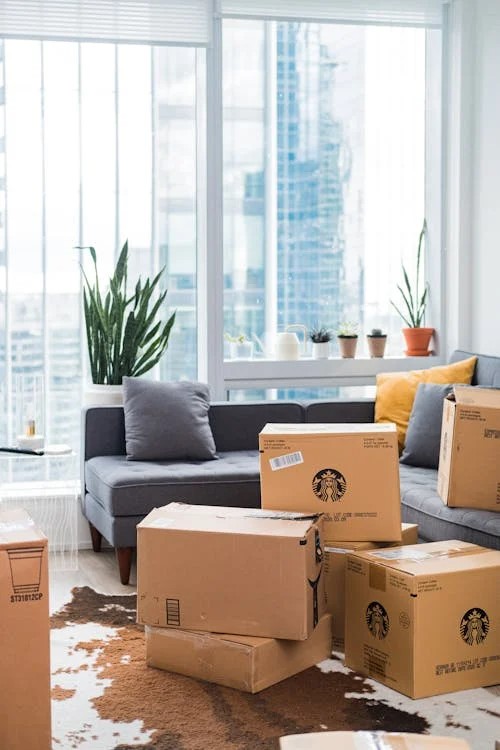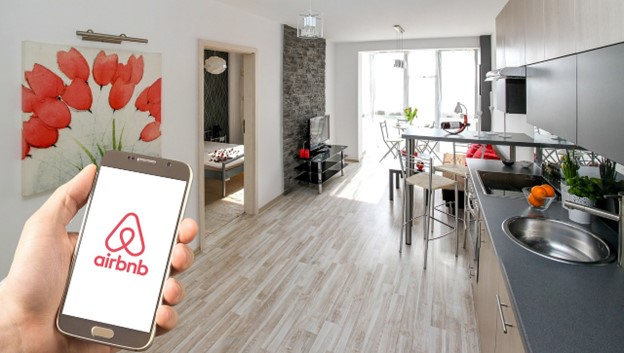My blog focuses on Home/Living and Home/Property Discussions. Investing in real estate can be lucrative, but there can be losses as well. It’s important to know how and how you can protect against losses. The following contributed post is entitled, When Property Investment Doesn’t Work Out.
* * *
When a property investment stops performing, there’s more than frustration at stake. The strain on your finances can be significant. Ultimately, most people choose property investments to generate passive income. So when the property starts draining your savings through repairs, vacancies, or even taxes, it’s not fulfilling its functions.
While some level of costs is unavoidable, when it accumulates month after month, the stress builds up, especially when you’re juggling mortgage payments with little to no rental return.
Many investors begin by revisiting the basics of property investment strategies. Once an investment turns into a liability, education alone won’t fix the problem. What you need is a realistic plan of action. Fortunately, there are some emergency solutions you can deploy to revive your property’s performance or prevent it from affecting your investment portfolio further.
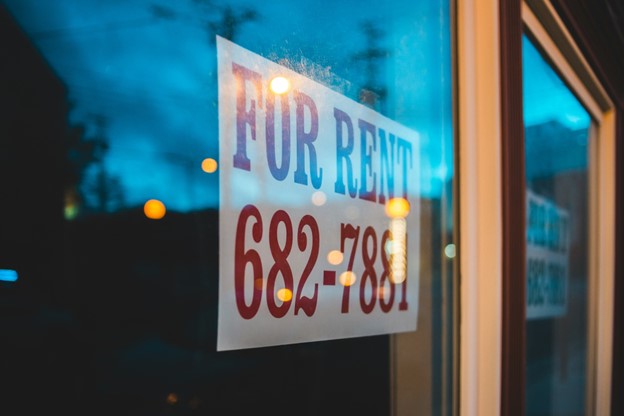
Consider Adding Improvements to Boost Its Appeal
Before giving up on the property entirely, it’s worth evaluating whether targeted upgrades could improve its performance. Many renters in 2025 expect modern, functional spaces, and even modest improvements can make a big difference in demand.
What are the most popular upgrades for rentals?
● Refreshed kitchens with energy-efficient appliances
● Modern bathrooms with clean finishes
● Smart home features (keyless entry, programmable thermostats, etc.)
● Work-from-home dedicated surfaces
Additionally, if you have a house, enhancing curb appeal can be a great way to attract better tenants. A tidy exterior with a low-maintenance landscaping layout can instantly create a positive first impression.
While improvements will require upfront investment, they often allow you to raise the rent. The right improvements will also ensure tenants will want to stay and treat the property well.
Consider Changing Your Rental Strategy
If the property is sound but tenants aren’t applying, it might be the rental strategy rather than the home itself that needs adjusting.
One of the most effective shifts is allowing pets. A large portion of renters own animals, yet many landlords still restrict them, making pet-friendly homes extremely appealing.
Welcoming tenants with pets also tends to improve retention. Pet owners move less frequently because finding a new rental that accepts animals can be challenging. This stability helps reduce turnover costs and maintain consistent income.
Besides, you can protect your property by vetting tenants and their pet-ownership habits carefully. Some landlords also introduce a pet deposit.

Consider Selling it
Sometimes, the most practical solution is to walk away from an investment that’s no longer sustainable.
Selling the property can free you from ongoing mortgage payments and the stress of trying to make an underperforming asset work.
Traditional selling can be an option, but it comes with its own challenges. Listing a home on the market often requires repairs, cleaning, staging, and showings, and even after all that, it may take months to find a buyer.
If you need a faster, more predictable option, selling to cash home buyers can be a much simpler path. Cash buyers purchase homes as-is, meaning you don’t have to invest in repairs, deal with inspections, or wait for bank approvals. Closings can happen in a matter of a few days.
What is the best approach for an underperforming property investment? There is no clear answer, and it all depends on your goals. So, it’s important to be clear about what you want to achieve and how much youare willing to invest.
Also, it’s worth remembering that property investors spread their income across multiple properties. Owning only one property doesn’t generate sufficient revenue, but that doesn’t mean the property is underperforming.

